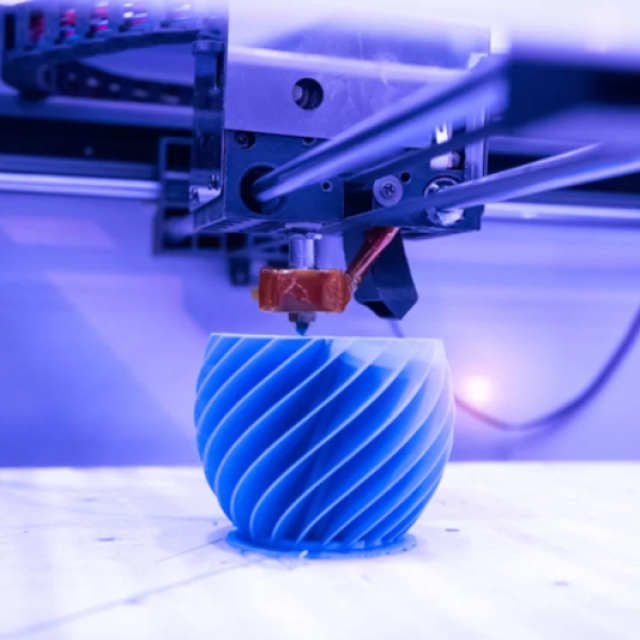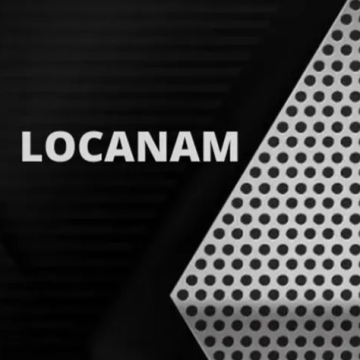
FDM 3D Printing Services
New Delhi, Del
Description
Fused Deposition Modeling (FDM), also referred to as material extrusion additive manufacturing, utilizes polymers as its primary material in the form of filaments. These filaments are heated to a molten state and then extruded through a nozzle attached to a 3D printer. The printer's nozzle can move in three dimensions, depositing the molten polymer onto a build plate according to instructions encoded in G-code. Continuous feeding of the filament through the extruder and nozzle is facilitated by two rollers rotating in opposite directions. Layer by layer, the material is deposited on the build plate until the desired shape and size of the product are achieved. Throughout this process, the printer nozzle follows the spatial coordinates specified in the original CAD model within the G-code files. In some FDM systems, multiple extrusion nozzles may be utilized, particularly for producing components with compositional gradients. The quality and resolution of the extrusion process largely depend on the properties of the thermoplastic filament being used, thus requiring specific printer designs tailored to different filament materials. Many low-cost FDM 3D printers are limited to processing a single type of thermoplastic, with polylactic acid (PLA) being the most common. Once printing is complete, components are typically removed from the build plate, either by snapping them off or by soaking them in detergent, depending on the thermoplastic used. Subsequent finishing processes such as surface cleaning, sanding, painting, or milling may be employed to enhance both the appearance and functionality of the printed components.
More
Reviews
To write a review, you must login first.








